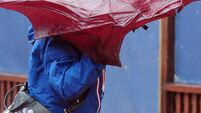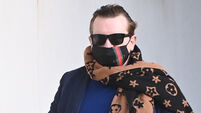Commissioner gets to grips with research
Found near the village of Buggenum in the Netherlands, the richly decorated weapon originally came from the upper Danube region of Austria.
Archaeologists wanted to learn more about it and a retired physicist came up with the answer – bring it to the Joint Research Centre’s (JRC) lab in Belgium.
Conventional X-rays give only basic information about such artefacts, but the new techniques developed as a spin-off of the lab’s work, uses neutrons to penetrate deeper into objects and provide details of their composition and structure.
As a result the scientists could assure Ms Geoghegan-Quinn that the sword was made for fighting – but never killed anybody.
They also found it was made in two pieces with the hilt coming from a completely different batch of bronze and attached to the carefully shaped blade with two rivets.
“We could use it to cut red tape and make it easier for people to access research funds,” Ms Geoghegan- Quinn joked.
The JRC’s work varies from ensuring food is tested to ensure its free of cancer causing toxins to combating illicit trafficking of nuclear material and using satellite technologies to monitor land use and emergencies such as floods and fires.
Owned by the EU, it comprises seven scientific institutes in five countries and employs 2,750 people with a €330 million annual budget making it the largest laboratory in the world.












